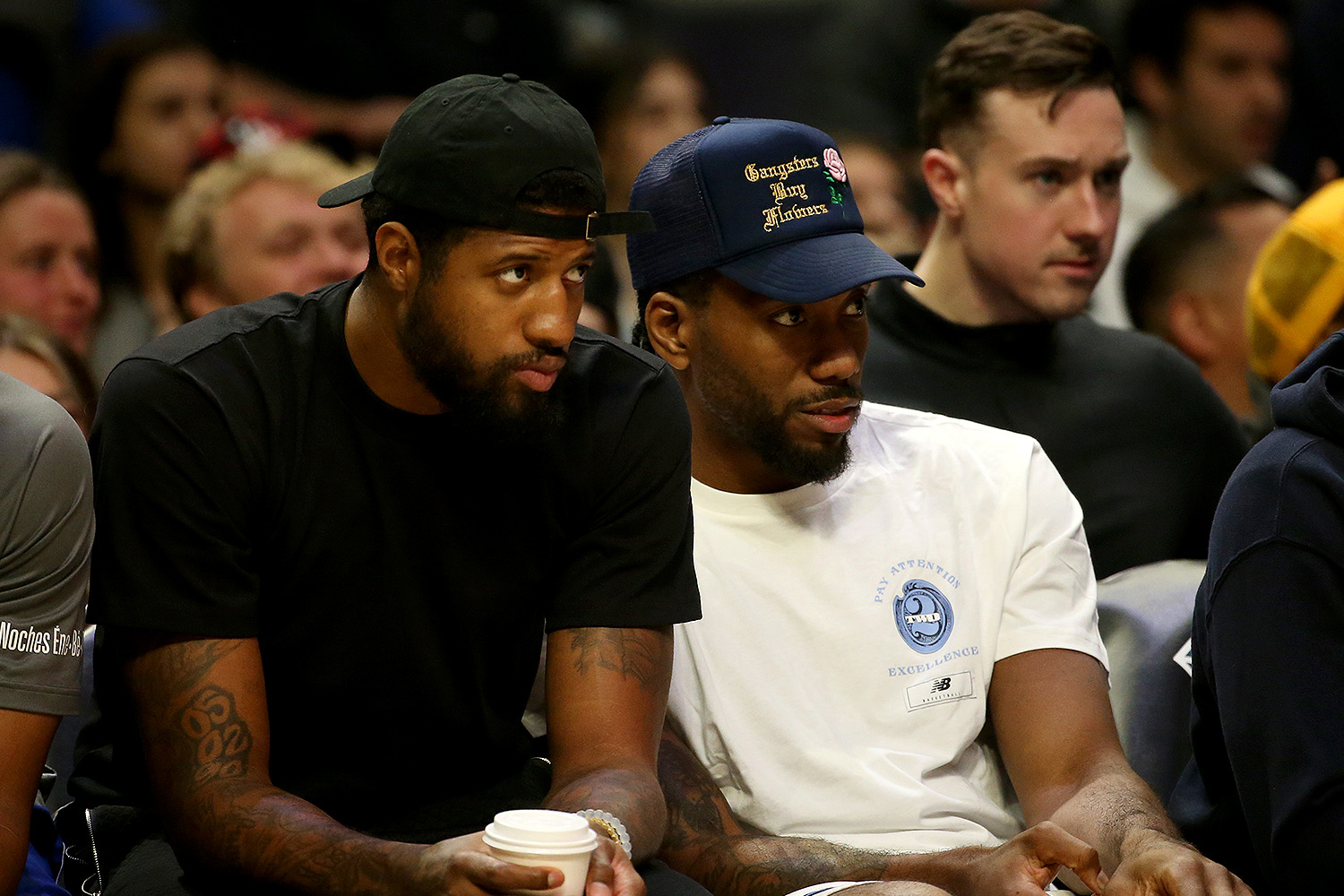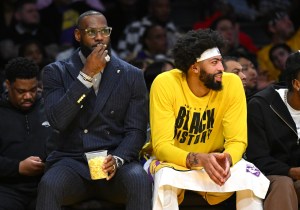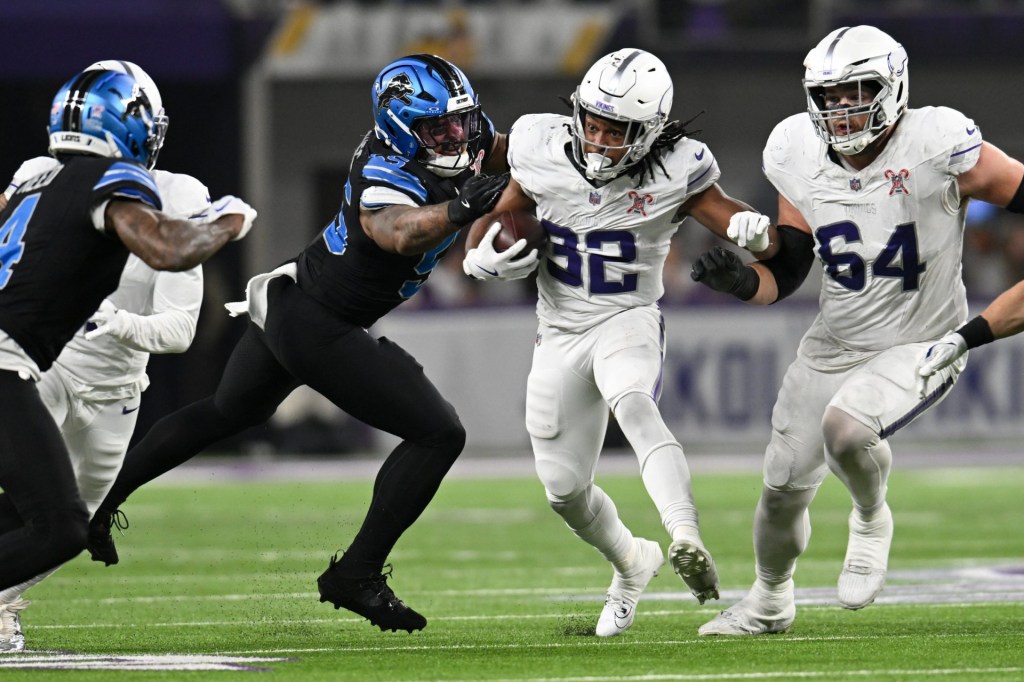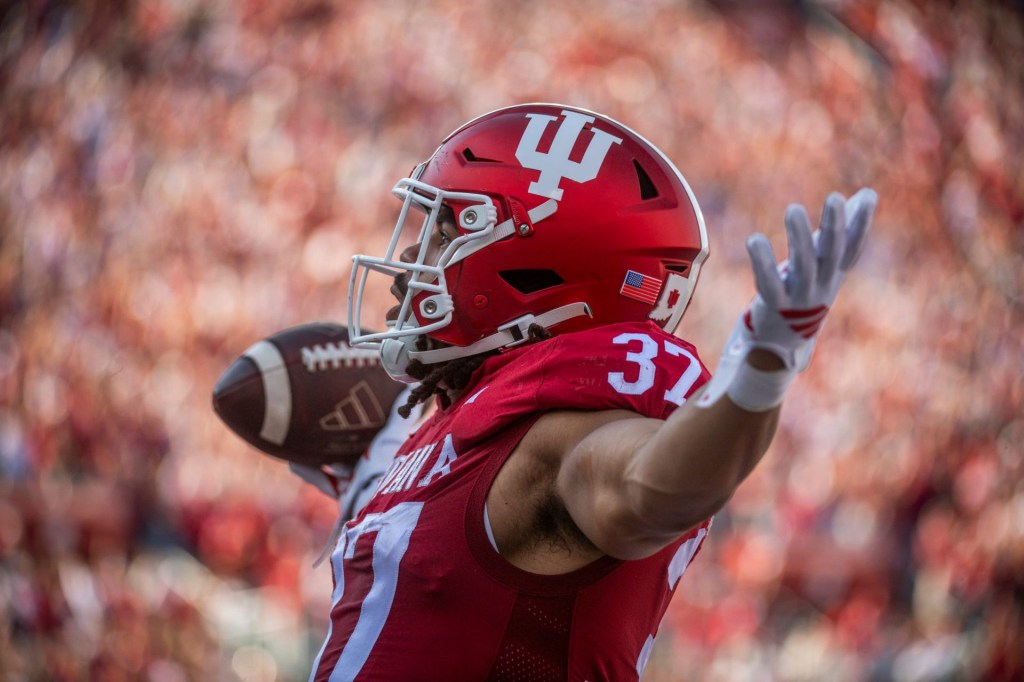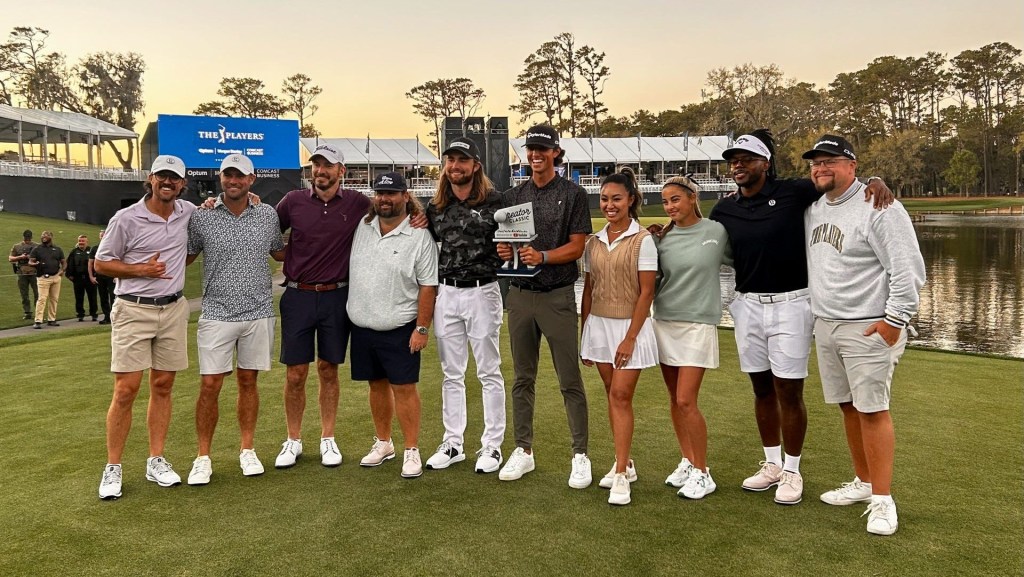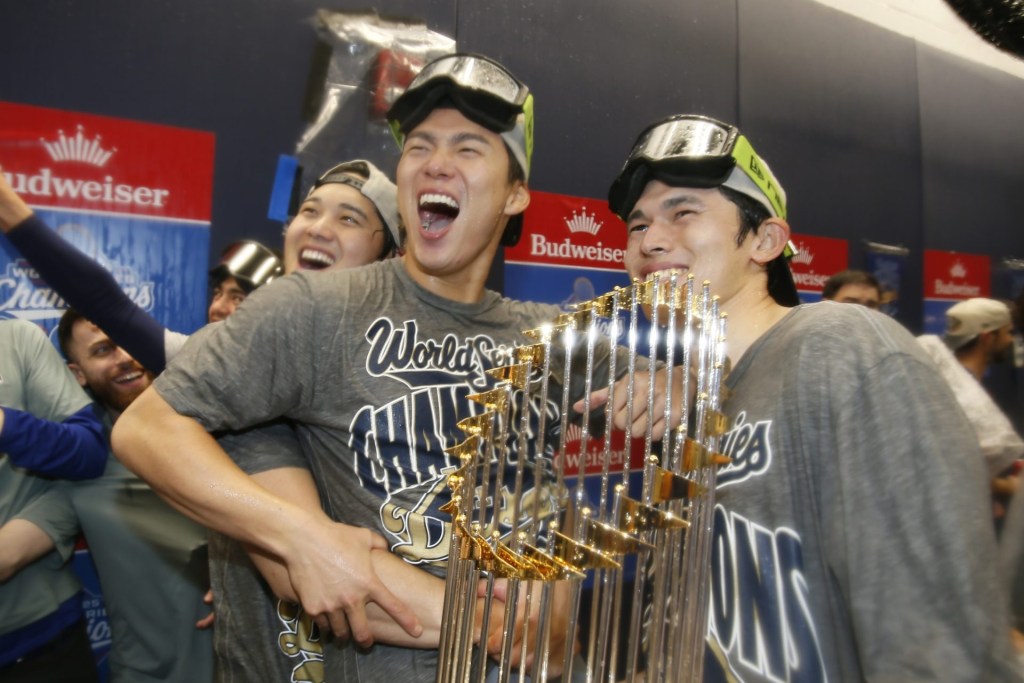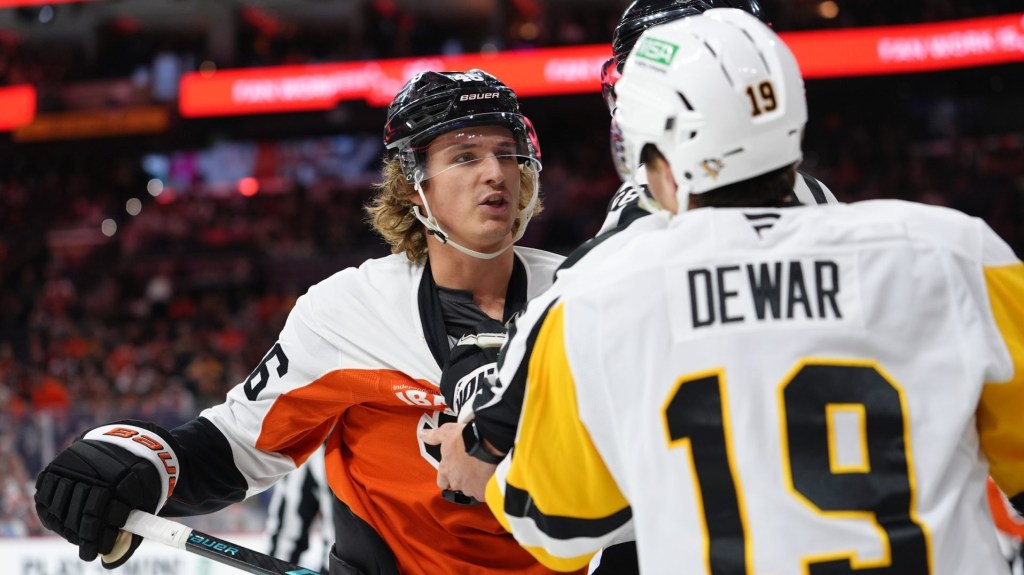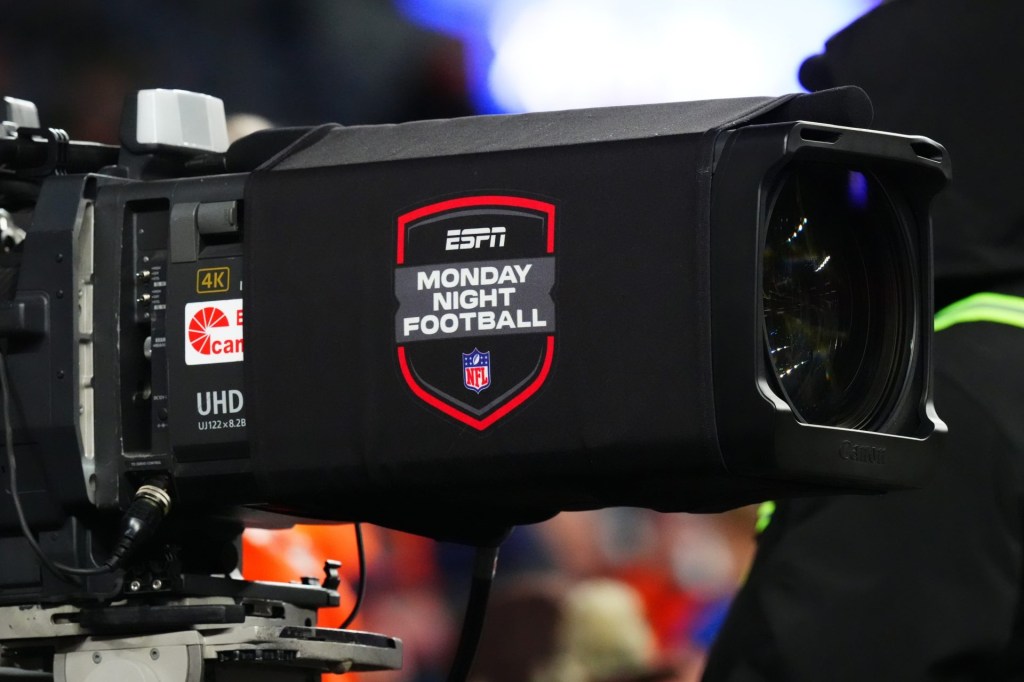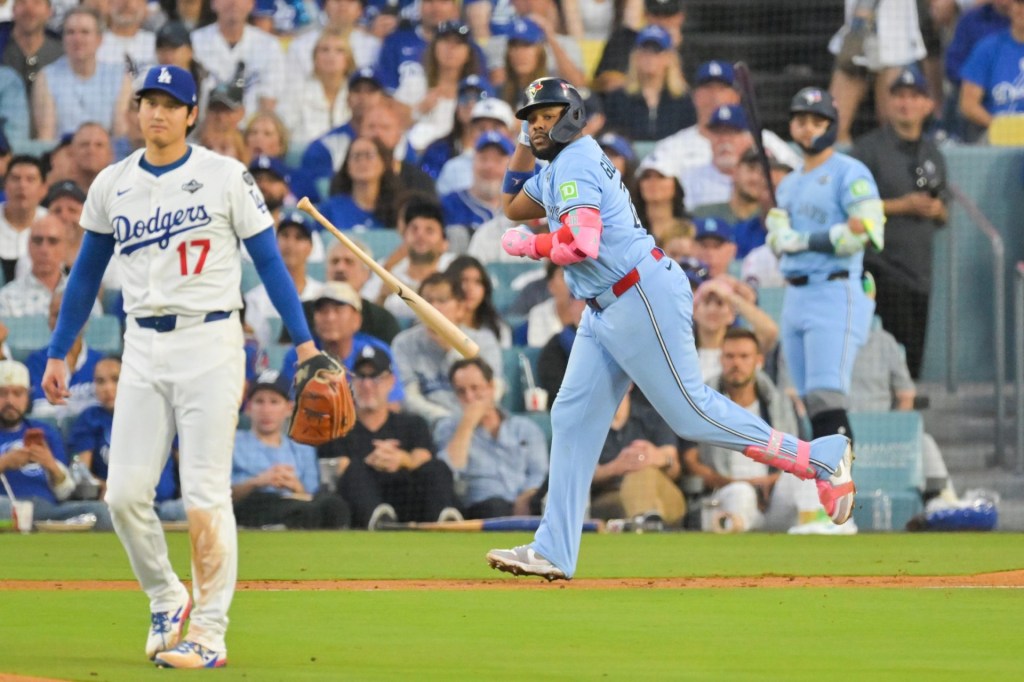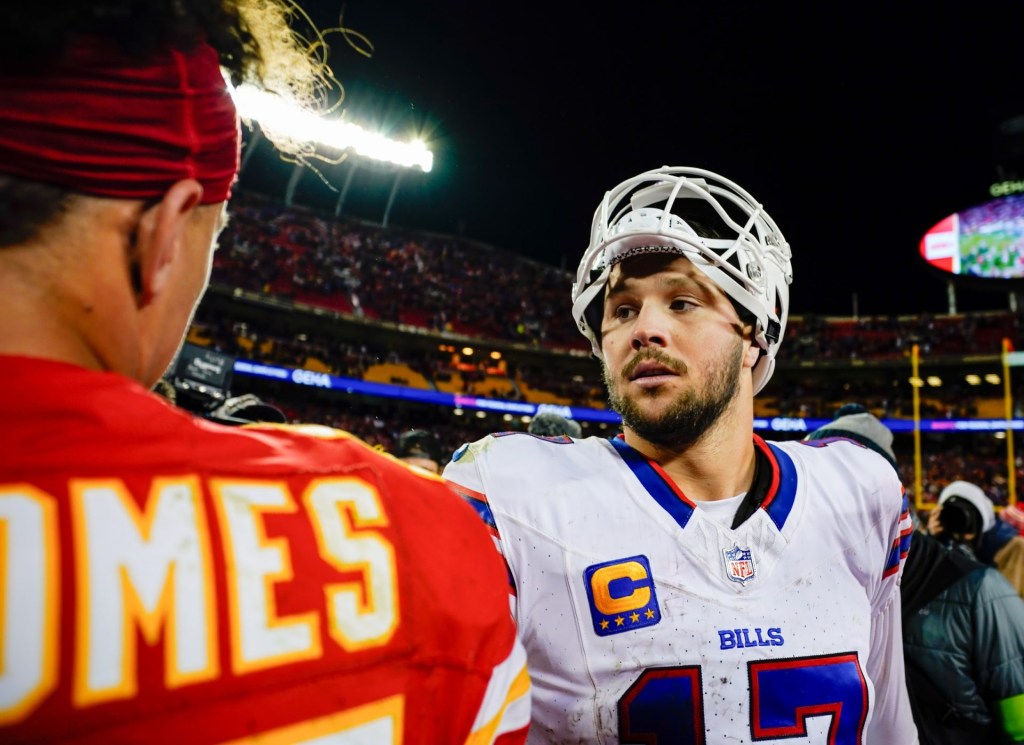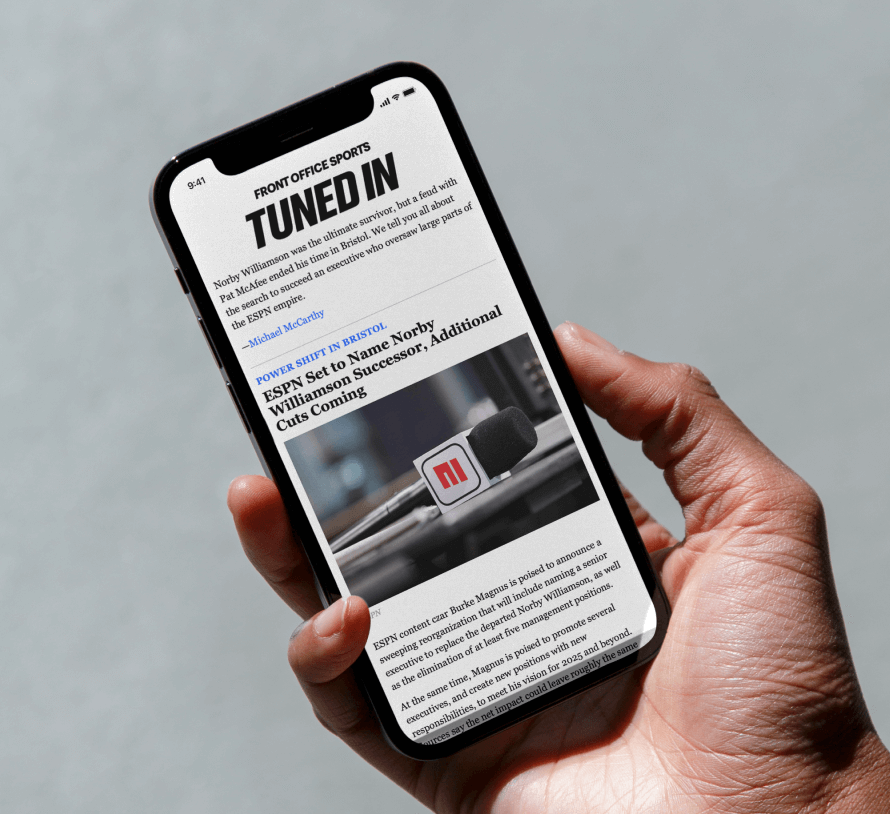The NBA will tip off multi-billion dollar media rights negotiations to determine who controls its rights into the 2030s and beyond.
Right on cue, the league has adopted harsher penalties for teams that rest otherwise healthy players during nationally televised games and in-season tournaments.
Under the more stringent rules, the NBA’s 30 teams can be fined over $1 million for resting “star” players who’ve been an All-Star or All-NBA in the past three seasons.
If a team boasts two “star players,” like the Boston Celtics’ Jayson Tatum and Jaylen Brown, they’re not allowed to rest both during a game unless they’re injured.
Is the NBA’s timing a coincidence? Hell no.
Like any league, the NBA wants to put its best foot forward during media rights negotiations.
The league will seek $50 billion to $75 billion for its next long-term cycle of media rights deals. There’s a lot at stake with deep-pocketed Amazon Prime Video slobbering for a streaming package from the NBA.
Fortunately, this is one of those times when the interests of the league, its TV networks, and its fans coincide.
The No. 1 beef of Walt Disney Co.’s ESPN and Warner Bros. Discovery Sports’ TNT (never expressed too loudly) are NBA teams resting healthy superstars during their national telecasts. Once a rarity, it’s happening more often in recent seasons.
You can imagine the wailing and gnashing of teeth at their respective headquarters in Bristol and Atlanta when a healthy LeBron James, Kevin Durant or Kawhi Leonard skips their broadcasts due to, say it with me, “load management.”
You can’t blame the league’s TV partners. They’re paying $2.6 billion annually for NBA media rights through the 2024-2025 season. The NBA is a star-driven league. Attracting big audiences without putting your biggest stars on the floor is hard.
Similarly, I’ve been told that the No. 1 complaint of fans is shelling out a small fortune for game tickets only to be denied watching the players they want to watch.
The average cost for a family of four to attend an NBA game during the 2021-22 season was $444.12, according to Team Marketing Report. But you can double that for teams like the New York Knicks in the most expensive markets.
Consider teams like the dynastic Golden State Warriors, who fans want to watch around the country.
During one stretch last season, the club’s three stars — Stephen Curry, Klay Thompson, and Draymond Green — all played in a home loss to the Indiana Pacers on Dec. 5. But two nights later, the trio were rested for a road loss to the Utah Jazz, according to ESPN.
Yes, the Warriors’ Big 3 are getting older and need more rest. But just imagine how many ticket-buying Dads at the game that night had to explain to Little Johnny why they couldn’t watch Steph Curry shoot the 3 from downtown.
The rules will impact 25 of 30 NBA teams and 50 players.
John Kosner, the former ESPN executive turned media consultant, applauds the league for taking the bull by the horns.
“Raising interest in nationally-televised regular season matchups is frequently about which star players are going to play. The NFL and, to a far lesser extent, college football generate playoff-level ratings during their regular season. They’re the only ones,” said Kosner, who worked closely with late NBA Commissioner David Stern.
“The more the NBA can bridge the gap between audience levels for regular season games versus playoff games (nationally televised), the more value it creates. So, of course, that’s important to the NBA, its broadcast partners, and advertisers and matters for the League’s next media deals.”
As usual, TNT’s Charles Barkley has his finger on the pulse of the NBA.
The trend of players sitting out due to alleged load management is “disrespectful” to fans and the game, he warned.
“It’s a huge issue,” Barkley told ESPN’s Stephen A. Smith. “I love (NBA Commissioner Adam Silver). But I think he went overboard trying to take care of the players.”
To his credit, Silver admitted things have gotten out of hand. The NBA must return to the “principle” that it’s an 82-game league.
“I think we’ll state this principle, see how teams react, and see if more needs to be done,” said Silver. “But I think, most importantly, there’s a sense from all the different constituent groups in the league that this is ultimately about the fans and that we’ve taken this too far.”
Players have sidestepped rule changes before. So the jury’s still out on whether the fines will have the desired impact, said Kosner.
But it’s smart business for the NBA to course-correct – and put its best product on the floor during the regular season. The fewer healthy stars fans and viewers see on the bench in street clothes, the better off the NBA will be.
